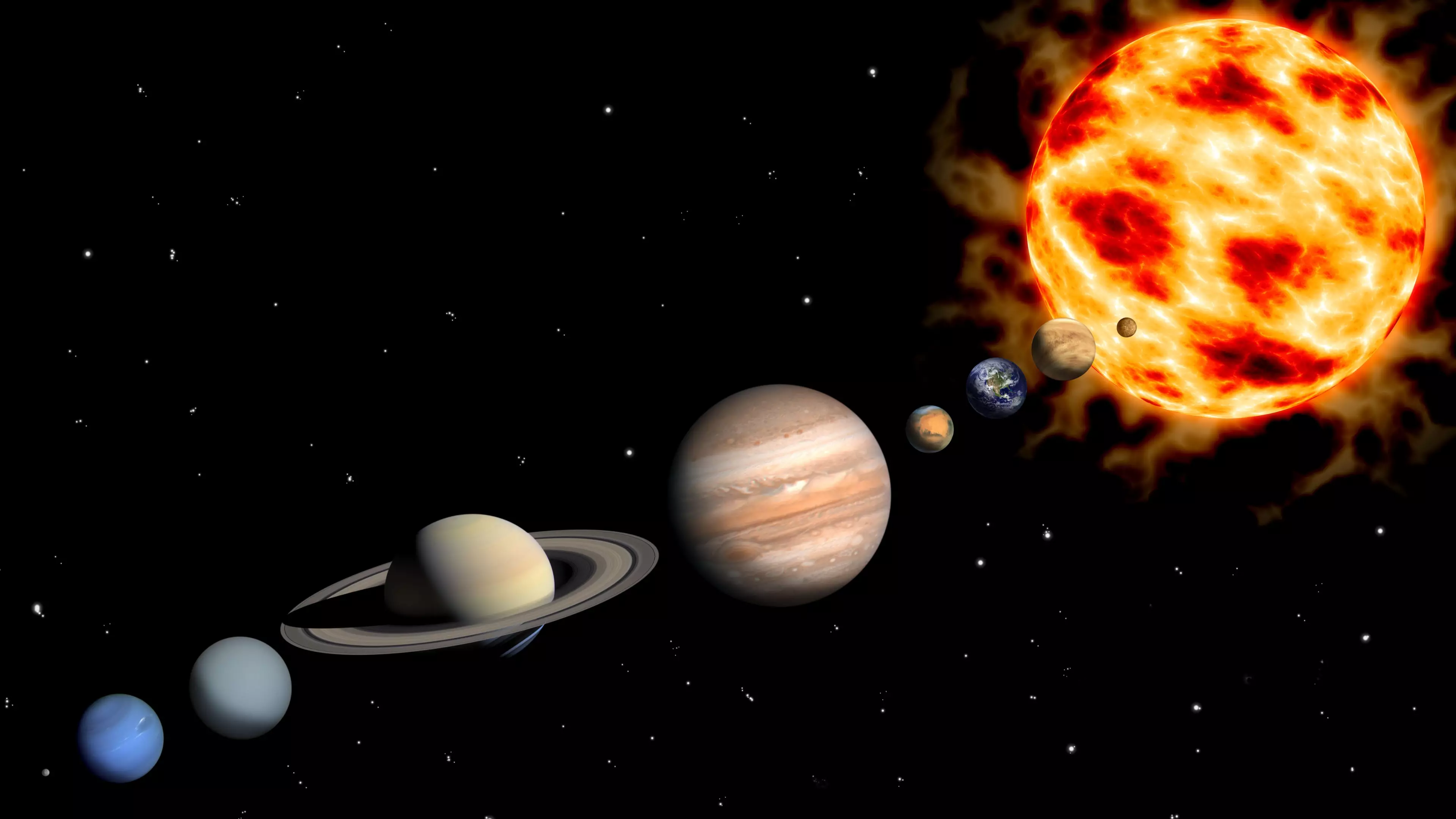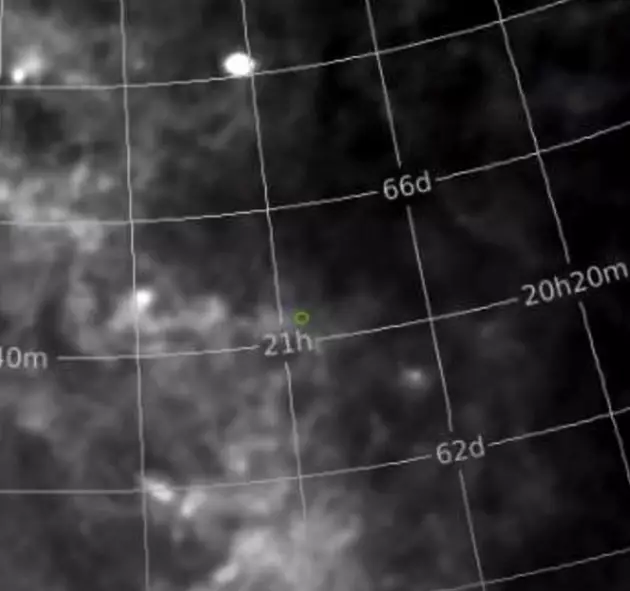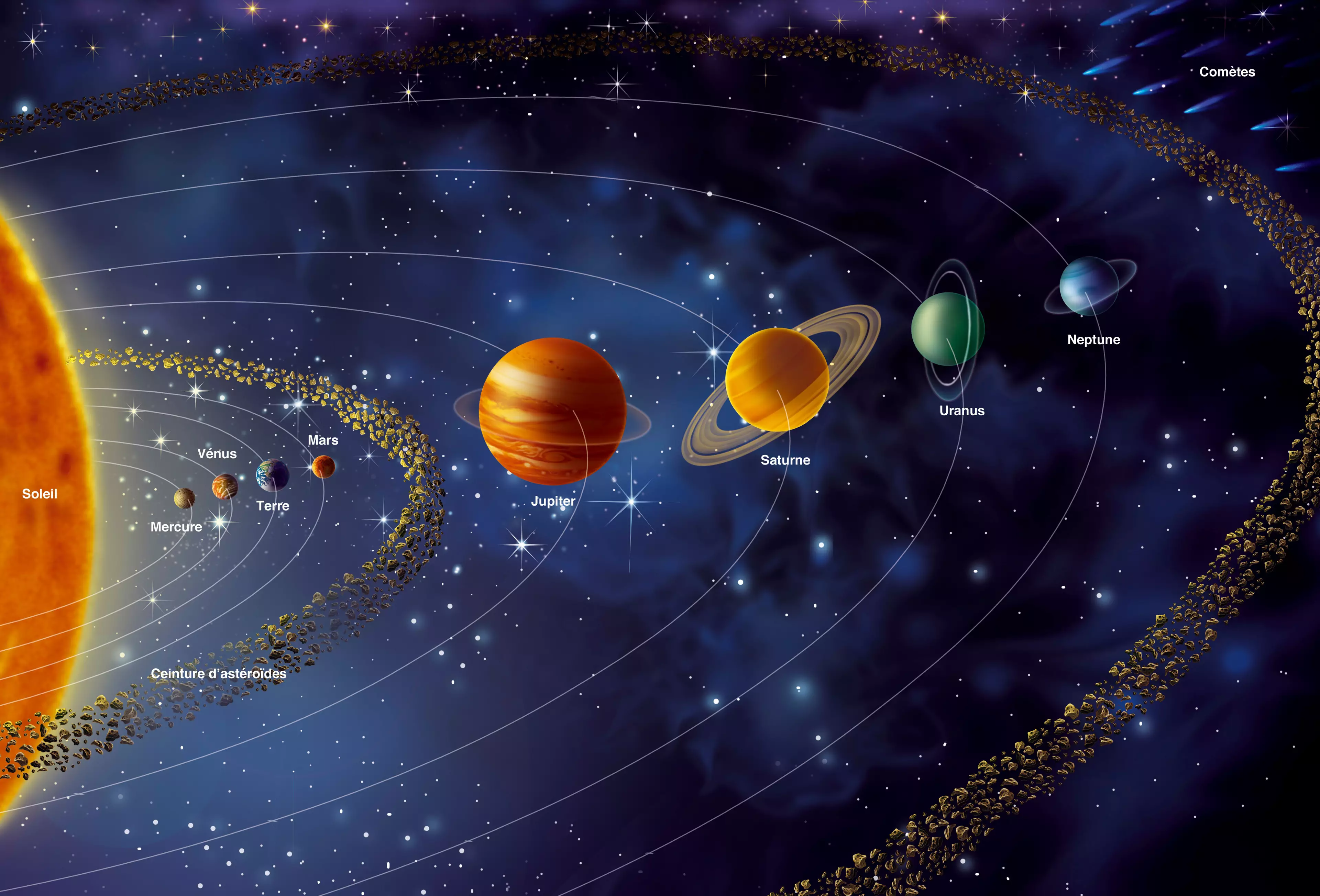
A mysterious object has been spotted on the outer reaches of the solar system, with some suggestions it could be another planet.
The existence of 'Planet Nine' has perplexed scientists for years, with astronomers desperately searching for evidence of the hypothetical 'super-Earth-sized planet'.
Professor Michael Rowan-Robinson, an astronomer at Imperial College London, recently looked into data captured by the Infrared Astronomical Satellite back in 1983.
Advert
The satellite operated for 10 months and took a far-infrared survey of 96 percent of the sky.
Data gathered indicated three potential sources for 'Planet X', as it has also been dubbed', in June, July and September of that year.

However, despite the excitement surrounding the new study, Prof Rowan-Robinson isn't getting too carried away by the sighting.
Advert
He said: "Given the poor quality of the IRAS detections, at the very limit of the survey, and in a very difficult part of the sky for far infrared detections, the probability of the candidate being real is not overwhelming.
"However, given the great interest of the 'Planet Nine' hypothesis, it would be worthwhile to check whether an object with the proposed parameters and in the region of sky proposed, is inconsistent with the planetary ephemerides."
But while Rowan-Robinson says it's likely not a true finding, he believes it could help other scientists with their search.
The professor says it could guide others and show them where they should be looking.
Advert
His summary reads: "I have carried out a search for Planet 9 in the IRAS data. At the distance range proposed for Planet 9, the signature would be a 60-micron unidentified IRAS point source with an associated nearby source from the IRAS Reject File of sources which received only a single hours-confirmed (HCON) detection.
"The confirmed source should be detected on the first two HCON passes, but not on the third, while the single HCON should be detected only on the third HCON.
"I have examined the unidentified sources in three IRAS 60micron catalogues: some can be identified with 2MASS galaxies, Galactic sources or as cirrus."

Adding: "Dynamical simulations are needed to explore whether the candidate is consistent with existing planet ephemerides.
Advert
"If so, a search in an annulus of radius 2.5-4 deg centred on the 1983 position at visible and near-infrared wavelengths would be worthwhile."
But isn't the first time 'Planet X' has got tongues wagging.
Back in January 2015, another group of astronomers claimed they had found the "hidden planet" orbiting the Sun, though the group was not united on it.
Featured Image Credit: AlamyTopics: Science, World News, Technology